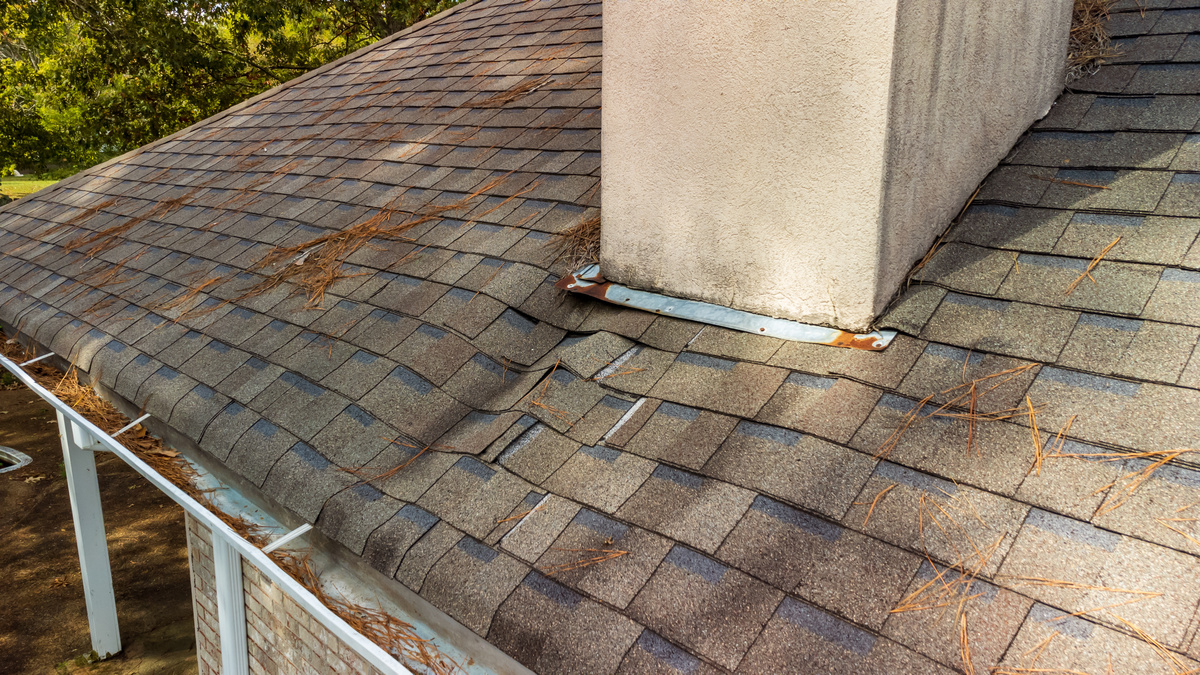Water erosion is any fireplace or chimney’s worst enemy, regardless of how well it was installed and how often you maintain these structures. During the ice-cold winters ice fragments can be concealed in the roofing that can cause long-term water damage.
Furthermore, erosion is simply something that happens over time due to harsh weather conditions and heavy rain. If a chimney is not maintained properly, the erosion will not be contained. In a previous blog post we discussed the various types of chimney damages and how best to prevent expensive chimney repair costs.
Without a doubt water damage is one of the worst types of chimney damage, particularly because it can go undetected for a long time. We have perfected a method for detecting and repairing any chimney damage before it’s too late. As a homeowner you will want to know exactly what to look out for to ascertain whether your chimney has sustained water damage.
You will be pleased to know you have come to the right place. Delta Chimneys can provide you with the answers you need as well as provide knowledgeable advice when it comes to any type of fireplace or chimney service.
Continue reading to find out more about the most common signs that point to water damage in your chimney or fireplace.
- Flue Ducts that Appear Damaged
- We all know how difficult water damage in our homes can be to deal with. Water damage can cause:
- Mold and rotting
- Leaking roofs
- Bad smells
- Warping of floors
- And more unpleasantness.
It is often said that chimneys are the most neglected part of a home. Chimney may seem like an everlasting super strong part of the house but the inner part, called the flue, is not that strong.
A flue or duct is typically built of metal or clay. Without regular maintenance this type of material can easily sustain water damage. The damage would not be easily detected, until it has deteriorated to such an extent that it shows itself.
Annual chimney inspections Skokie are highly recommended and will keep damage at bay. This type of chimney or fireplace inspection is also known as a “Chimnoscopy” and the inspection includes making sure that harsh weather conditions have not negatively affected the chimney, its components and of course, the flue. Flashing on a chimney is also checked as leaks can easily occur if the flashing is compromised.
Damaged Masonry
It is typical for a chimney to sustain some damage over time. As mentioned earlier, chimneys are often overlooked when it comes to home maintenance even though cracks or other damages can be expected.
When it comes to any type of chimney repair, masonry is usually the most expensive part of the repair costs involved. It is fortunate then that masonry cracks or damage is easy to spot. If you notice a leak, check the masonry first to see if you can spot any obvious signs of damage.
The scope of masonry repair work required depends on how far the damage has developed. A small crack can quickly escalate into a large problem if left without any intervention.
Undetermined Leaks
The abundance of home projects that need to get done after buying a home is to be expected. Is it a good idea though to deal with undetermined leaks all by yourself?
Some leaks can move in the direction of the chimney even though they didn’t start there. Water can travel differently via different building materials. Add some freezing temperatures to this scenario and you sit with a difficult problem.
Every problem usually has a solution, but when it comes to leaks from an unknown source, well, sometimes you just need to wait it out. Eventually you will be able to determine where it’s coming from. We will mention again the importance of annual inspections. Through an inspection a problem area can be identified and fixed before it turns into a large-scale repair job.
Condensation in the Firebox
In the heart of summer, the temperature rises and it’s hot! Through this huge temperature fluctuation, you can detect water damage in a chimney. The bricks and mortar can appear to “sweat”, which can have a negative impact on the entire home’s brick structure.
Although condensation isn’t necessarily proof of chimney damage, it is nevertheless important to check. We frequently discover that the problem is merely the brick sweating off a bit of moisture accumulated over the last few days. But, when it happens on a regular basis, you probably have a structural leak on your hands.
Wooden Siding that is Warped or Damaged
Wooden siding is installed with waterproofing; however, this does not last a lifetime. Waterproofing becomes less effective after several years of rain and snow. If you spot any shingles or siding warping, we recommend that you call on the professionals to conduct a thorough investigation sooner, rather than later. Since the moisture damage will begin to rot in the summer months, warping typically won’t happen until then.
Missing or Damaged Chimney Covers
Even though it seems so straightforward, we frequently come across chimneys that are either missing or have damaged chimney covers.
No matter what your disposition in life is, whether you are a positive thinker or not, just know that if you do not have a chimney cover, any water falling on your chimney will get inside. These days all chimneys are installed with a cover, it’s just standard practice. But every now and then we meet folks who simply weren’t aware that their chimneys even needed a cover!
For any chimney or fireplace repairs, or to arrange the all-important annual chimney inspections, contact Delta Chimneys today for your peace of mind.




